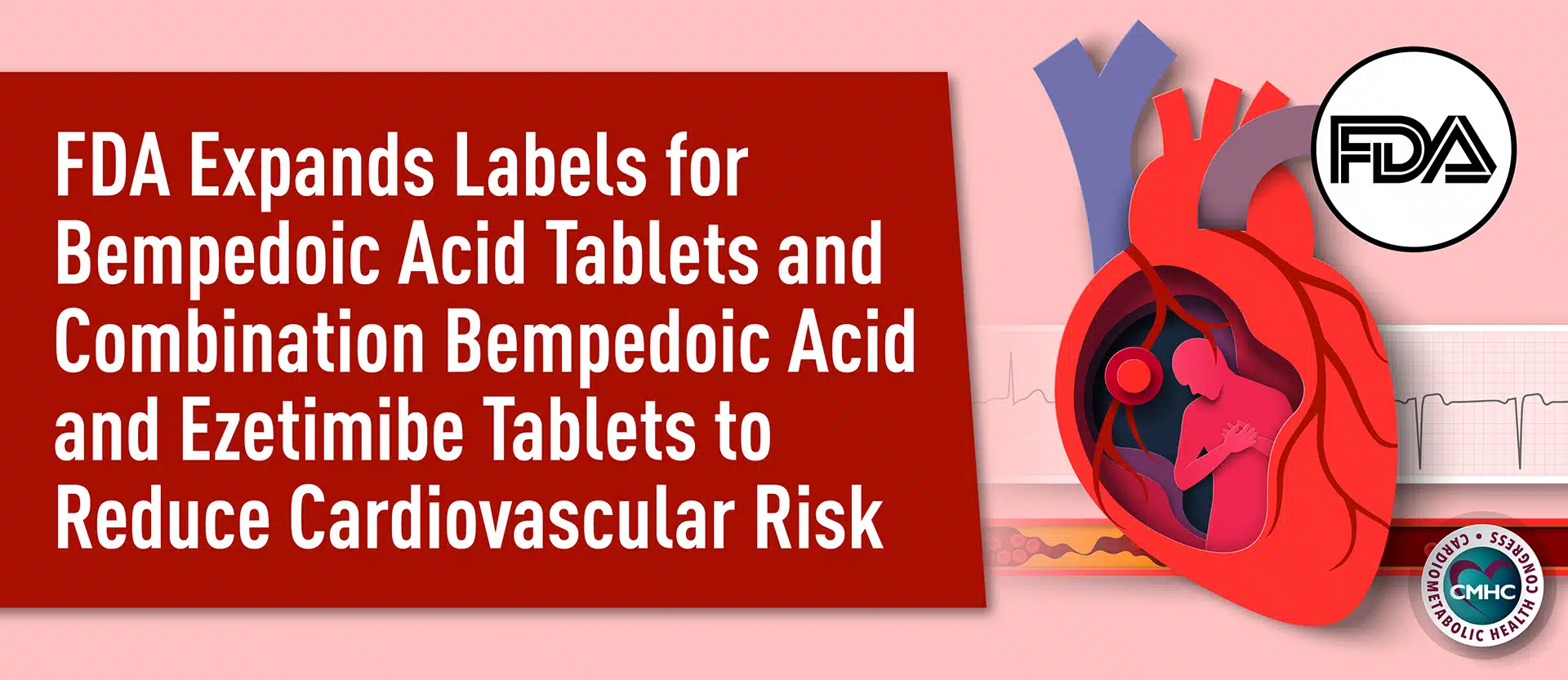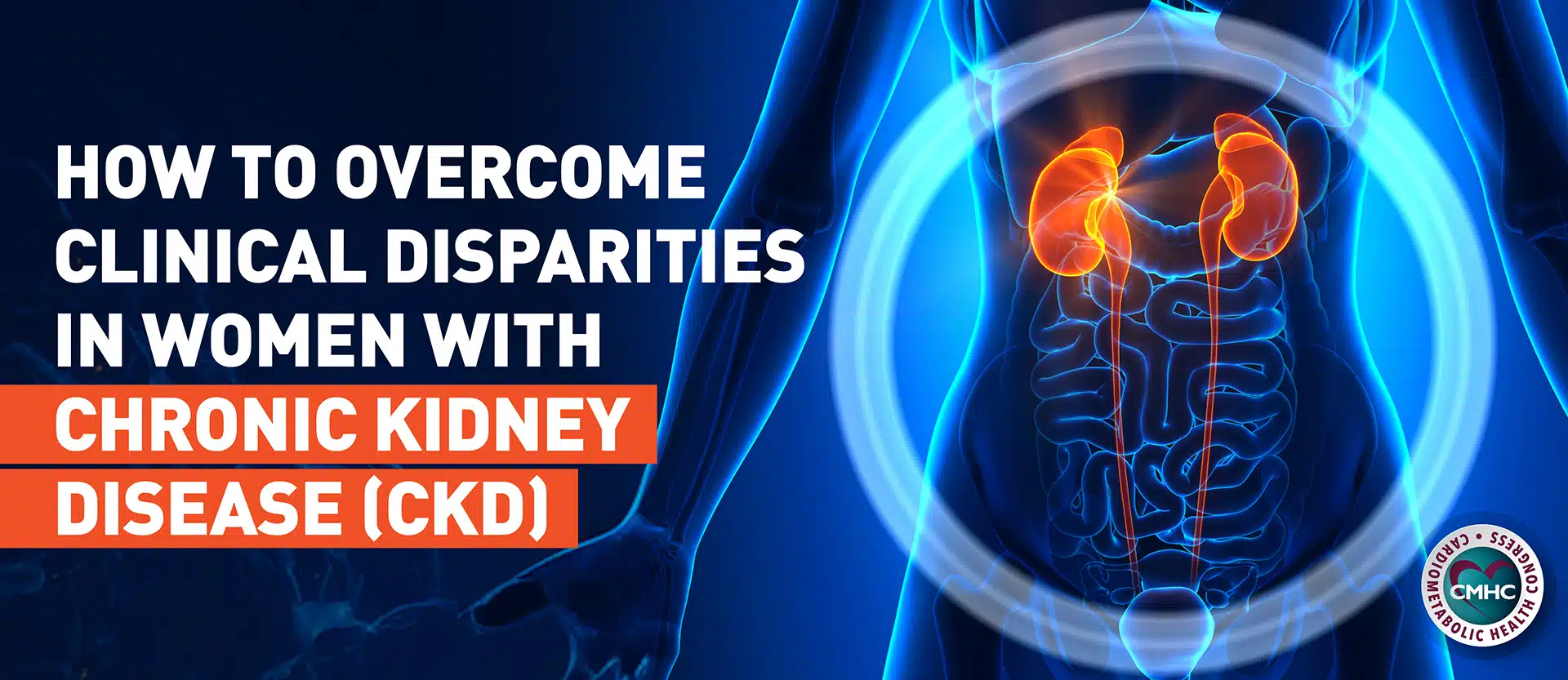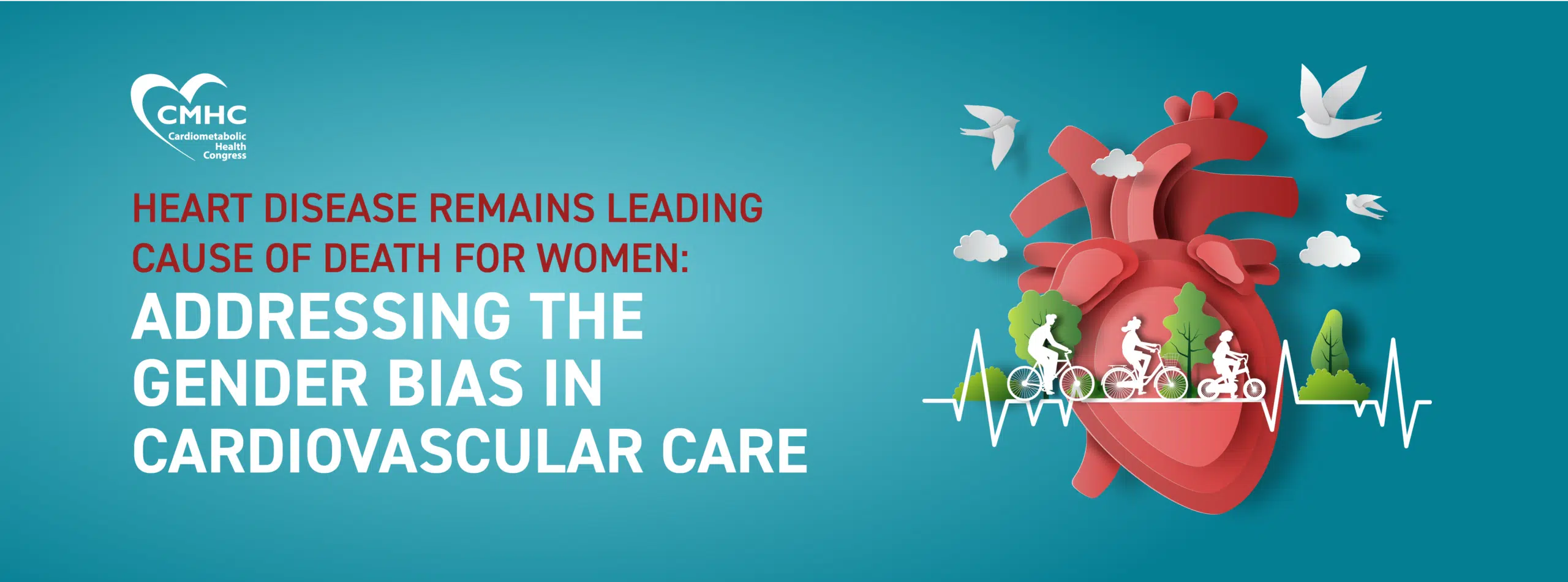Cardiovascular disease (CVD) is the leading cause of death in the United States, affecting more than 92 million people, with 45 million more being at an increased risk for developing CVD within 10 years. Elevated low-density lipoprotein cholesterol (LDL-C) is one of the key risk factors for CVD and several studies have shown that lowering LDL-C is one of the most important aspects of primary and secondary CVD prevention.
However, how much we should lower LDL-C to convey a cardiovascular benefit is not clear. The concept of “treat to target” is constantly evolving to “lower is better”, which has spun a growing debate in the clinical community, partly because we don’t agree about the specific target LDL-C levels that are also safe. The approval of new non-statin therapies that aggressively lower LDL-C, such as proprotein convertase subtilisin/kexin 9 (PCSK9) inhibitors, has invigorated the debate about specific LDL-C targets, with many experts advocating for achieving very low levels of LDL-C (below 50 mg/dL and in some cases, ≤20 mg/dL) early in the treatment regimen in order to maximize cardiovascular benefits.
A recent meta-analysis published in JAMA Cardiology explored the efficacy and safety of additional lowering of LDL-C in patients with very low baseline LDL-C (70 mg/dL or less) in reducing cardiovascular adverse events. In this study, the authors report that aggressive LDL-C lowering further decreases the risk for major cardiovascular events, measured by a composite score of coronary heart death, myocardial infarction, ischemic stroke, or coronary revascularization. For patients treated with statins, the overall risk reduction per 1-mmol/L (38.7 mg/dL) LDL-C reduction was 22%, whether for non-statin therapies (ezetimibe, evolocumab, and anacetrapib) the risk reduction for CV events was 21% per 1-mmol/L LDL-C reduction. LDL-C lowering was also shown to be safe and did not lead to an increase in serious adverse events, including myalgias, myositis, elevated levels of aminotransferases, new-onset diabetes, hemorrhagic stroke or cancer.
This study demonstrated that lowering LDL-C to levels as low as 21 mg/dL conveys additional cardiovascular benefits without increasing adverse events. These are encouraging data about the role of aggressive LDL-C lowering in cardiovascular prevention, but additional long-term studies may be required to further ensure the safety of this approach.
Reference:
Sabatine, Marc S., et al. “Efficacy and Safety of Further Lowering of Low-Density Lipoprotein Cholesterol in Patients Starting With Very Low Levels: A Meta-analysis.” JAMA Cardiology (2018).

















